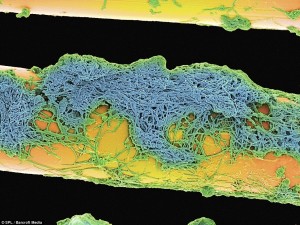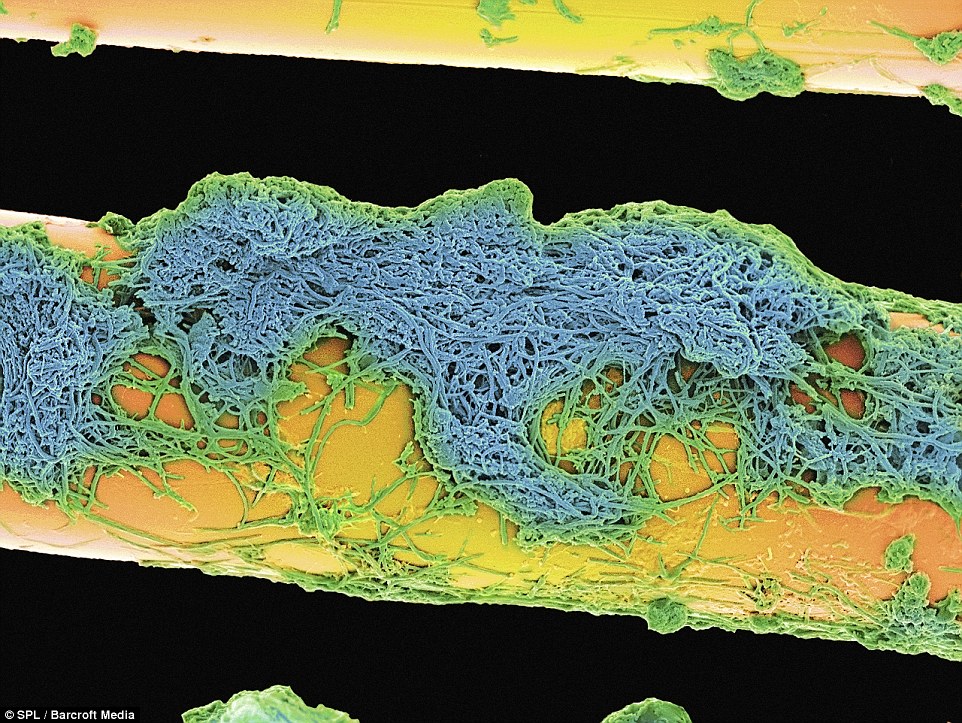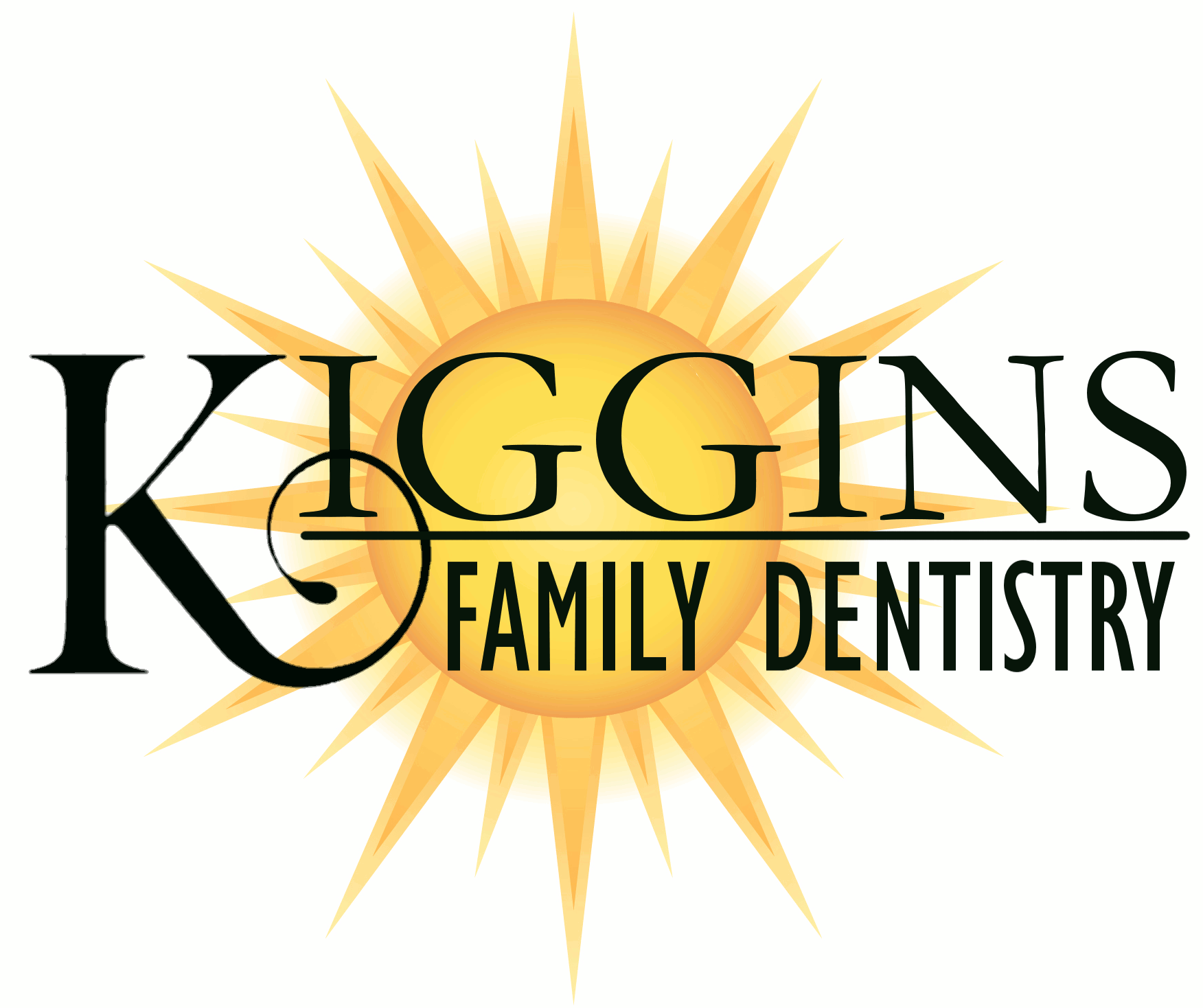What is growing in your toothbrush?

Toothbrush bristle photo credit
It’s true. All sorts of bathroom bacteria and germs — including intestinal and fecal — could be growing on your toothbrush! If you use a microscope, you may even be able to see those creepy looking crawlers clinging to your bristles.
Your mouth is the home of hundreds of microorganisms[a] that get transferred to your brush during use. On top of that, your toothbrush is generally sitting on your bathroom counter, just waiting to be exposed to intestinal and other bathroom microorganisms. In fact, if you watch Mythbusters, you may have seen how all toothbrushes they tested had fecal matter regardless of whether or not they were near a toilet![1] Yuk!
So, what can you do to limit these creepy crawlies from infesting your toothbrush?
- Properly clean your toothbrush after each use: Thoroughly rinse your toothbrush after each use making sure to remove all toothpaste and anything else that may have been brushed off your teeth. Let your brush completely dry…the bad bugs thrive in moist places. You can also soak your brush in antimicrobial mouth rinse or in hydrogen peroxide overnight. Although moist, these kill bad bacteria.
- Store your toothbrush properly: Do not store your toothbrush in a closed container (all those with travel toothbrushes, completely dry toothbrush before capping ). If more than one toothbrush is stored in the same area, keep separate. Store your toothbrush with the head upright.
- Replace your toothbrush after illness
- Replace your toothbrush every 3-4 months or whenever bristles begin to fray or wear down.
- Use antimicrobial mouth wash before brushing to limit bacteria that ends up on the brush [b]
- Get your teeth cleaned at a frequency recommended by your dentist to reduce the overall bacteria load in your mouth
- Wash hands after using the restroom
- Never share your toothbrush!
There isn’t a lot of data yet on whether or not toothbrush sanitizers provide a specific health benefit. If you choose to go that route, choose one that is approved by the FDA. The FDA only approves those that provide data to support claims.
a. Kazor CE et al. Diversity of bacterial populations on the tongue dorsa of patients with halitosis and healthy patients. J Clin Microbiol. 2003;41(2):558-63.
b.Verran J, Leahy-Gilmartin AA. Investigations into the microbial contamination of toothbrushes. Microbios. 1996;85(345):231-8.

